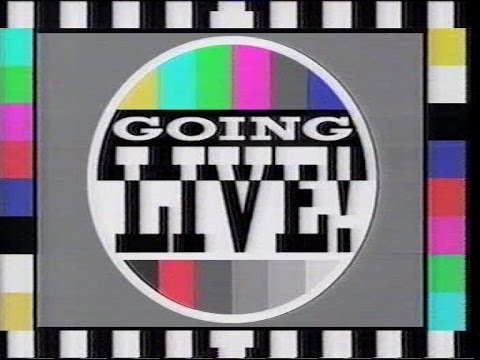Once the recording process is successfully completed, you’ll likely be eager to get your music in every digital store possible posthaste. While this takes time, there are several things that can be done, from correctly formatting your content appropriately to ensuring all the music is licensed, which will greatly expedite the process.
You recorded your music. You mixed it. You mastered it. Now you want it on iTunes, Spotify, Google Play, Amazon Music… and the sooner the better.
Can you go from your creative process to music sales in an instant? Not quite. But you can put time on your side if you think ahead, follow guidelines and ask for assistance when you need help.
1. Respect copyrights.
If you’ve recorded all original songs and you’re using only your own sound recordings, you own the copyrights to your release and you’re good to go. If you’ve recorded someone else’s song—composition— (e.g. like Michael Jackson’s “Billie Jean’) you must get permission “a mechanical license” from the songwriter or the music publishing company that acts on behalf of the songwriter. With that license you can record, reproduce or make copies of the song.
2. Allow enough time for the “going live” process.
Upload your music and artwork. Then give the review process breathing room. It takes TuneCore roughly one business day to review your release. Then each store needs time for their own review process:
- Spotify: 2 to 3 business days.
- iTunes from 24 hours to 16 business days.
- Amazon On Demand: 6-8 weeks.
Generally, if you want your release to go live in all stores at the same time, choose a date at least 4 weeks out from the day of submission.Think ahead. Plan ahead. Use that four-week time span to create a buzz about your new release.
3. Format your content correctly and avoid delays.
Follow proper formatting guidelines and you can avoid stores blocking your release for content errors: Adhere to the rules for capitalization and lower case use. Know what constitutes an Album, EP, Single. Cover songs cannot include the original performing artists in the track title or artist field. Learn how to list multiple artists and references in a separate artist name field on album level or track level. Use parenthesis and brackets for multiple references.
4. Your artwork should meet requirements.
A vibrant photo, compelling art and eye-catching graphics grab attention, fascinate potential fans and kickstart sales. Artwork that meets stores’ requirements decrease chances for delays. Use only JPGs or GIF image files that are a perfect square:
- iTunes prefers 3000 X 3000 pixels.
- Amazon On Demand artwork must be 1600 X 1600 pixels.
- Do not: Add extra text outside of your release title or artists’ names, email addresses, urls or contact info.
- Do: If you don’t have your own artwork, click “Create artwork for me” when you’re creating your release on TuneCore, and you can pick artwork on-the-spot.
5. Refer to the TuneCore Style Guide.
We want your release to go live as soon as possible and STAY live after delivery so fans can hear and buy your music. Stores frequently remove releases that do not meet their requirements until the corrections are made. We’ve created a handy TuneCore Style Guide, which explains how to best format your content to meet all store specifications. Use it! Even if you are a longtime TuneCore customer, we strongly recommend you read through this guide as the stores’ policies may have changed since your last release.
6. Get answers to your questions.
Contact TuneCore and we’ll work with you as you get your music to go live in our digital stores. If you have concerns about the review process, final release dates, formatting, artwork, specific stores…we will answer your questions. Click here.
Preparation = success when you want to make your music go live. And TuneCore wants to help you get your music out there—ASAP.


